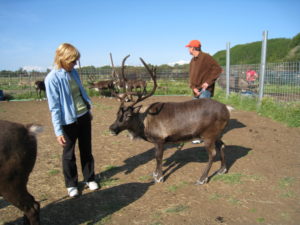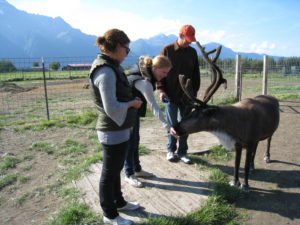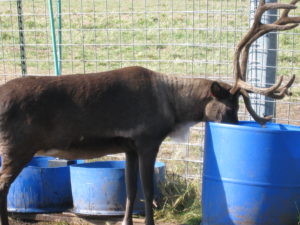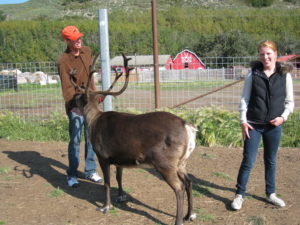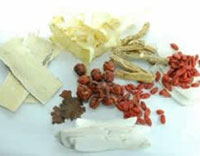 Last night I was rudely awakened at 3:00 am by a hungry cat. He climbed up my wind chime which was hanging near a mother dove nesting with her two new babies. Wind chimes don’t suddenly start chiming, normally they start out kind of slow and steady and usually build in volume as the wind picks up. This was not the case last night. The chimes were attacked as were the birds.
Last night I was rudely awakened at 3:00 am by a hungry cat. He climbed up my wind chime which was hanging near a mother dove nesting with her two new babies. Wind chimes don’t suddenly start chiming, normally they start out kind of slow and steady and usually build in volume as the wind picks up. This was not the case last night. The chimes were attacked as were the birds.
I heard a bird take flight and I jumped out of bed to see the culprit. I was too late and it was too dark. Upset by the attack and the rude wake up call, all I could think of was “will I be able to get back to sleep”. Mind not quite awake… I almost forget that I have the perfect Chinese herb formula for sleep. I’m not usually up at 3 AM and almost forgot, a perfect opportunity to use my “I sleep” herb formula in the middle of the night. When I’ve had a particularly stressful day I will use “iSleep” before going to bed. I sleep so soundly I never had the need to use it in middle of my night. Perfect opportunity. So I took one packet at 3 AM.
Happy to report I got back to sleep within thirty minutes, even as I ruminated over the fate of the mommy dove and her babies we’ve been watching for the last two months. Did the cat get all three. Did the babies get away. Could the babies fly yet. My mind finding any reason to chatter on. (This was the second set of eggs this year for our mommy dove or maybe it’s daughter of the first mom. In any case, every year a mommy dove has a nest somewhere in our yard and we are happy to be her hosts.)
iSleep Herb Pac passed the test last night. I slept like a log till 7:00 when there was yet another rude awakening, the alarm clock. I found bird feathers on the ground this morning, it’s a cruel world out there, but at least I slept.
"Empty nest this morning"]

